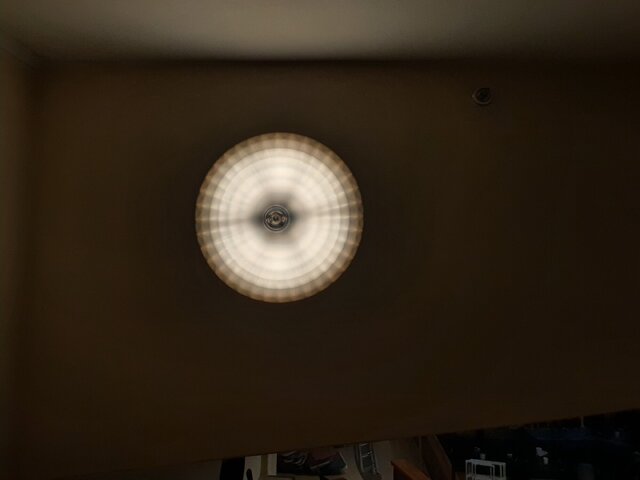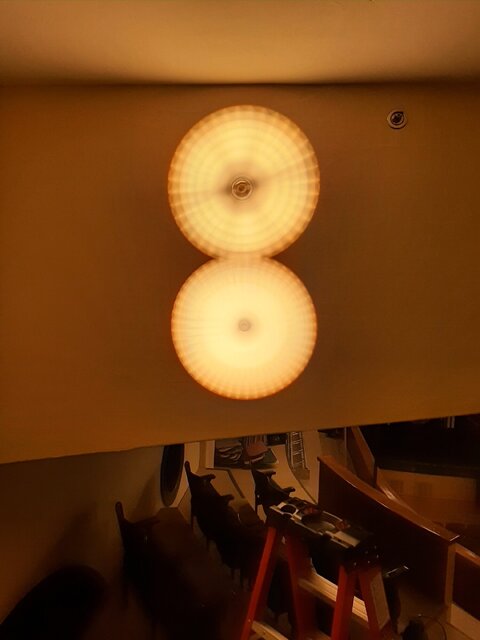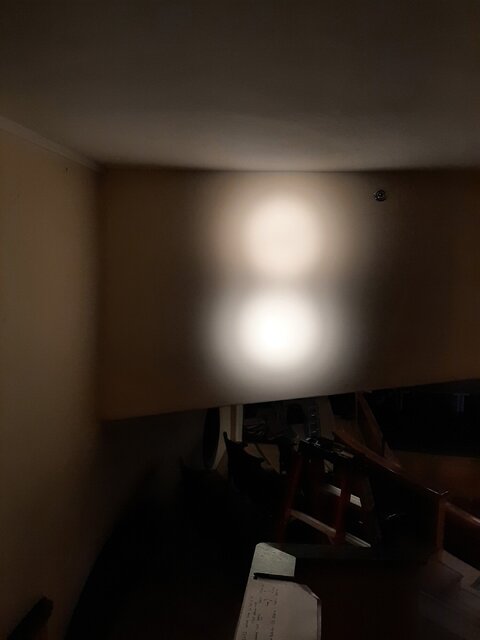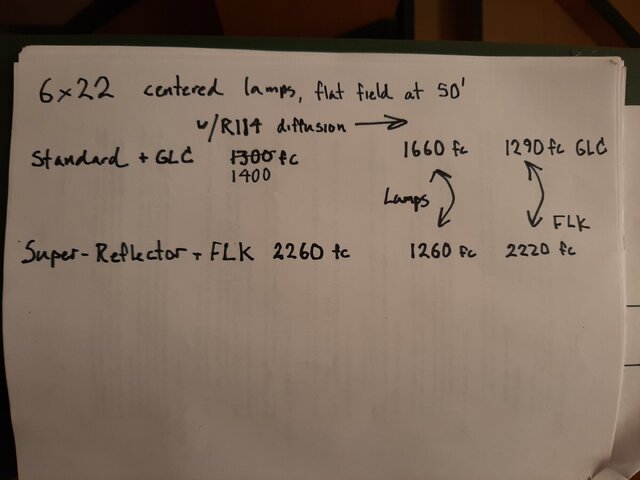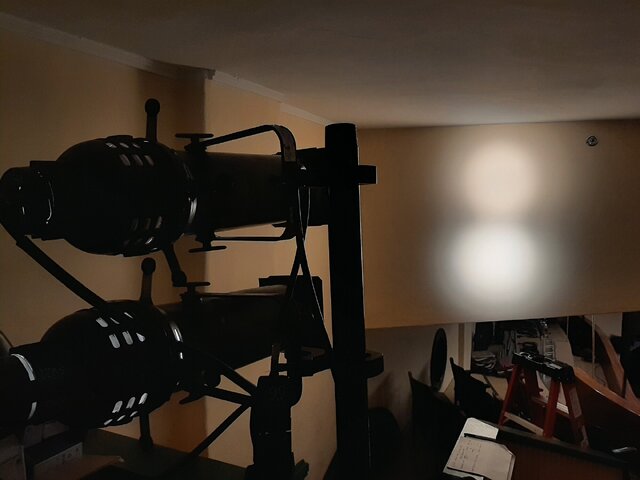I’m currently working on two 6x22 Altman 360Q lens trains. Find it curious on both examples I have that the lens retaining rings are way short of the dimple in the lens train front from where they should be. Like a quarter inch difference between where the lens retaining ring and where the dimples are.
Realize that the 6x16 has two lenses, and the 6x22 has one and this missing lens might be that quarter inch of space problem.... perhaps I have 6x16 fronts in 6x22 barrels as a possibility - it is the bone yard of the inventory of extra parts.
Went to the Altman website and looked into it further and found the same lens spacer part between lenses or between standoff and lens listed. Not a different spacer in use.
Really gotta measure where the dimples are and measure the bone yard stock for surplus lenses so as to find the correct ones for the retaining ring dimples? This assuming they are somewhere in that sock?
Assuming the 6x22 lens train barrel used a 6x16 lens train assembly (big assumption) with the same spacer - only missing one lens, different dimple locations so as to retain the lens retainer, is it different parts or is it feasible to re-dimple the lens train for the now back by 1/4" lens so as to better support the placement of the lens retainer? Can’t imagine why I would have some seemingly 6x16 lens trains in a 6x22 lens train plus snout fixture but apparently I do as the dimples don’t lock the lens in at the proper position short of the second lens the 6x22 don’t have.
Anyone more familiar with a 6x22 in perhaps measuring the length of the lens train and length from front or rear for these dimples I could search for? Thinking I have 6x16 lens trains with one lens removed so far in my 6x22 lens train with snout fixtures and that’s a problem as the lens retainer don’t align with the dimples so as to keep the lenses accurate.
More info and detailed info if at all possible in thanks. Worked with lots of them in the past, never seen this problem before but it is the bone yard and who knows who did what in the past with this say 25 year old bone yard of parts.
P.S. While I'm told Altman didn't really list dates of when the 360 came out, or when the 65 went black, this or the 360Q went black... my rep. from Altman is working on it. Will post such info in pooling themselves for specific info once I get it. It's of historic value. Will further follow up with as above center mounted clutch break as opposed to clutch cam assemblies, on the 6x22, when did they go clutch break in deveopment as perhaps another concept in dating their fixtures more specifically. Got for the museum one body with clutch break I'm going to make into a 6x16, the rest including these 6x22 are clutch cam in assembly thus earlier even if both black. Gonna need more clutch cam's, hopefully Altman or Hub has them.
Realize that the 6x16 has two lenses, and the 6x22 has one and this missing lens might be that quarter inch of space problem.... perhaps I have 6x16 fronts in 6x22 barrels as a possibility - it is the bone yard of the inventory of extra parts.
Went to the Altman website and looked into it further and found the same lens spacer part between lenses or between standoff and lens listed. Not a different spacer in use.
Really gotta measure where the dimples are and measure the bone yard stock for surplus lenses so as to find the correct ones for the retaining ring dimples? This assuming they are somewhere in that sock?
Assuming the 6x22 lens train barrel used a 6x16 lens train assembly (big assumption) with the same spacer - only missing one lens, different dimple locations so as to retain the lens retainer, is it different parts or is it feasible to re-dimple the lens train for the now back by 1/4" lens so as to better support the placement of the lens retainer? Can’t imagine why I would have some seemingly 6x16 lens trains in a 6x22 lens train plus snout fixture but apparently I do as the dimples don’t lock the lens in at the proper position short of the second lens the 6x22 don’t have.
Anyone more familiar with a 6x22 in perhaps measuring the length of the lens train and length from front or rear for these dimples I could search for? Thinking I have 6x16 lens trains with one lens removed so far in my 6x22 lens train with snout fixtures and that’s a problem as the lens retainer don’t align with the dimples so as to keep the lenses accurate.
More info and detailed info if at all possible in thanks. Worked with lots of them in the past, never seen this problem before but it is the bone yard and who knows who did what in the past with this say 25 year old bone yard of parts.
P.S. While I'm told Altman didn't really list dates of when the 360 came out, or when the 65 went black, this or the 360Q went black... my rep. from Altman is working on it. Will post such info in pooling themselves for specific info once I get it. It's of historic value. Will further follow up with as above center mounted clutch break as opposed to clutch cam assemblies, on the 6x22, when did they go clutch break in deveopment as perhaps another concept in dating their fixtures more specifically. Got for the museum one body with clutch break I'm going to make into a 6x16, the rest including these 6x22 are clutch cam in assembly thus earlier even if both black. Gonna need more clutch cam's, hopefully Altman or Hub has them.
Last edited:



